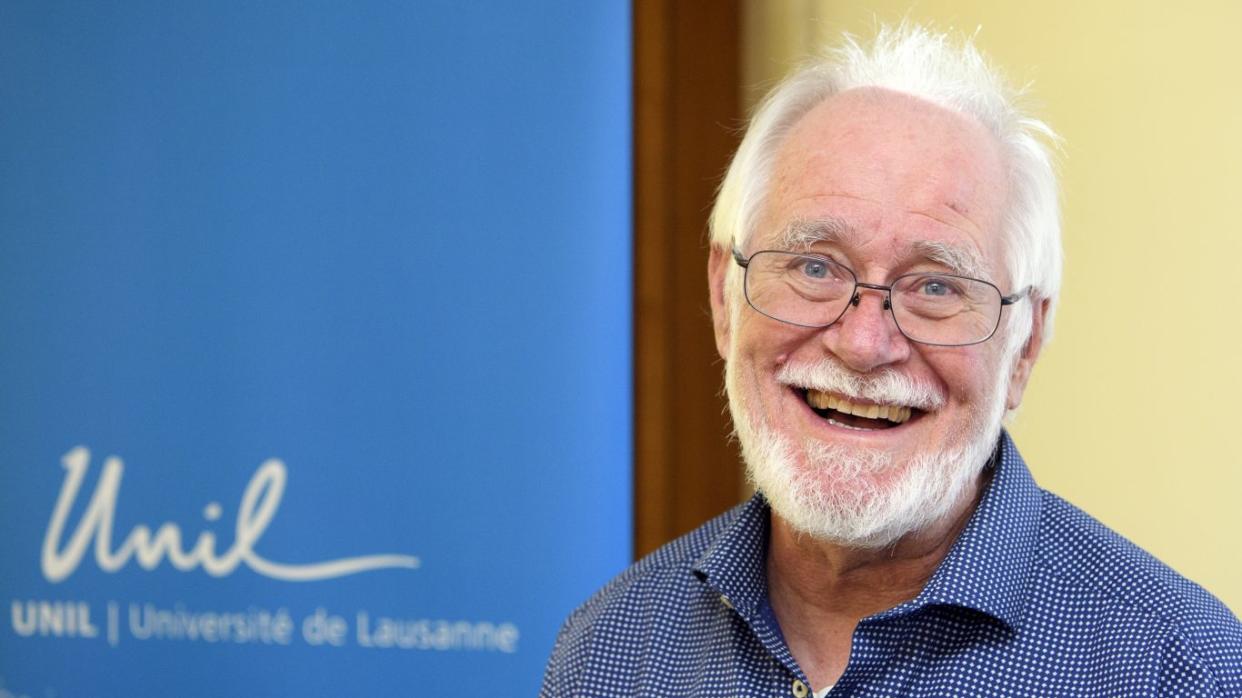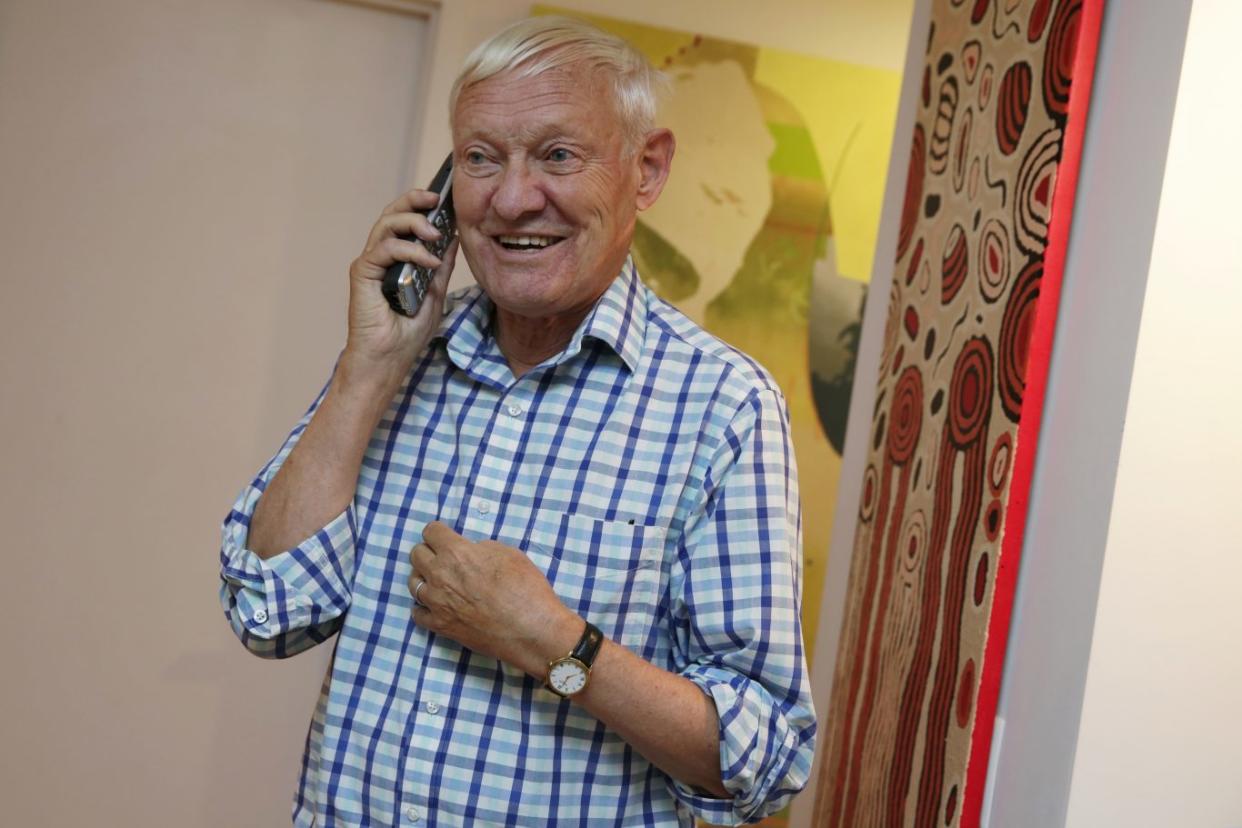UK-based scientist to share Nobel Prize for Chemistry

A Cambridge-based researcher will share the Nobel Prize for Chemistry with two other scientists after helping to develop a means of creating detailed images of the molecules that drive life.
Richard Henderson, of MRC Laboratory of Molecular Biology in Cambridge, will share the nine million kronor (£830,000) prize with Jacques Dubochet, of the University of Lausanne, Switzerland, and Joachim Frank, of New York's Columbia University.
The Nobel committee said the technology, called cryo-electron microscopy, allows scientists to visualise molecular processes they had never previously seen.
Photo of 2017 Chemistry Laureate Richard Henderson, kindly provided by MRC Laboratory of Molecular Biology #NobelPrizepic.twitter.com/Gf4ZxrhiQC
-- The Nobel Prize (@NobelPrize) October 4, 2017
The Royal Swedish Academy of Sciences said their method allows researchers to "freeze biomolecules" mid-movement. The technology is decisive for both the basic understanding of life's chemistry and for the development of pharmaceuticals, the academy said.
Mr Frank said he was "overwhelmed" on hearing he had won. "I thought the chances of a Nobel Prize were minuscule because there are so many other innovations and discoveries that happen almost every day," he said.
"So yes, I was, in a way, speechless."

He said he has not yet thought about what to do with the prize money, but added: "I was telling my wife that we don't have to worry about a dog sitter any more."
Explaining the significance of the technology, Nobel chemistry committee member Heiner Linke said it enables scientists to "see down to the position of individual atoms to be able to see how these molecules interact with one another, what complexes they build, how these complex machineries work".
He added: "It's really the first time that we can see biological molecules in their natural environment and how they actually work together down to the individual atoms."

Electron microscopes once were thought to be useful only for examining non-living material because the electron beam destroys biological material. However, cryo-technology - freezing material at extremely low temperatures - protected the examined material from damage.
Mr Frank developed mathematical models to sharpen fuzzy electron microscope images, while Mr Henderson, in 1990, was able to generate a 3D image of a protein at atomic-level resolution.
Mr Dubrochet's contribution was to freeze the water in the sample being examined so quickly that it vitrified - forming a kind of glass rather than ice, whose crystalline structure diffracted the electron beam.


